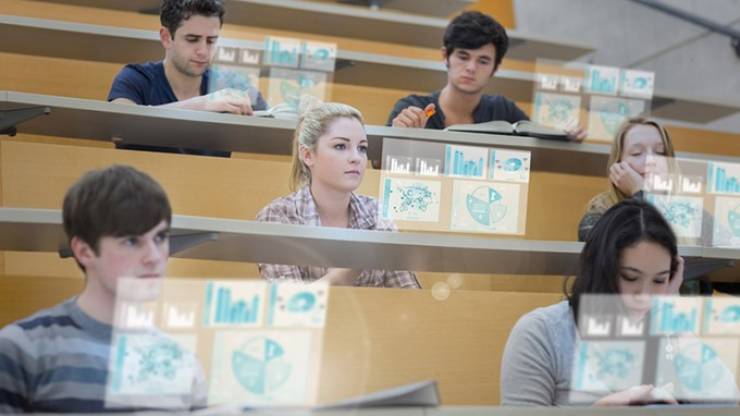
Learning through pictures helps students increase information retention in the brain by up to 42 percent. As learners develop better engagement with materials, they also gradually develop high-order critical thinking capabilities. Picture education enhances tactical hand-eye connections that increase the ability to remember facts and relate visuals.
At the same time, getting education through pictorial illustrations helps people with diverse learning abilities process data exceptionally. For instance, students with autism spectrum and learning problems can tap into their interventional skills better when looking at pictures to understand ideas being communicated without assistance.
How Pictorial Literacy Works
Education through pictures often appears pure and natural, but it is way more of a complicated process that we usually comprehend. Learning engages personal conceivable visual, linguistic, literacy, and communication skills. Picture learning involves a visual trial model with three components; decoding, imaging, and encoding.
Once a person decodes a picture, the mind understands and translates messages. The imaginative aspect creates interpretations that manipulate the mental imagery models to encode them as conceivable data. The human visual literacy is significant when critically analyzing pictures. However, this depends on a person’s accuracy in judgment, information validity, and valuation.
For example, consider a student who encounters complex educative pictures, graphs, or charts and seeks research paper services for expert construal. In such a case, the student might, at the time, be able to read but unable to interpret and analyze the visual messages meticulously depending on the literacy level.
However, informed experts who might have a second look at the pictures could go a step further to comprehend its meaning and draw relevant, valuable data for a detailed, accurate response. As a result, they embrace the three components of decoding, imaging, and encoding to come up with a satisfactory conclusion about the pictorial, which can influence better decision making.
When Does Pictorial Education Begin?
At an early infant stage, human beings begin their learning journey through visual means and modes. For example, you will notice young babies can relate or be distracted by colors, objects, or specific pictures that attract their attention.